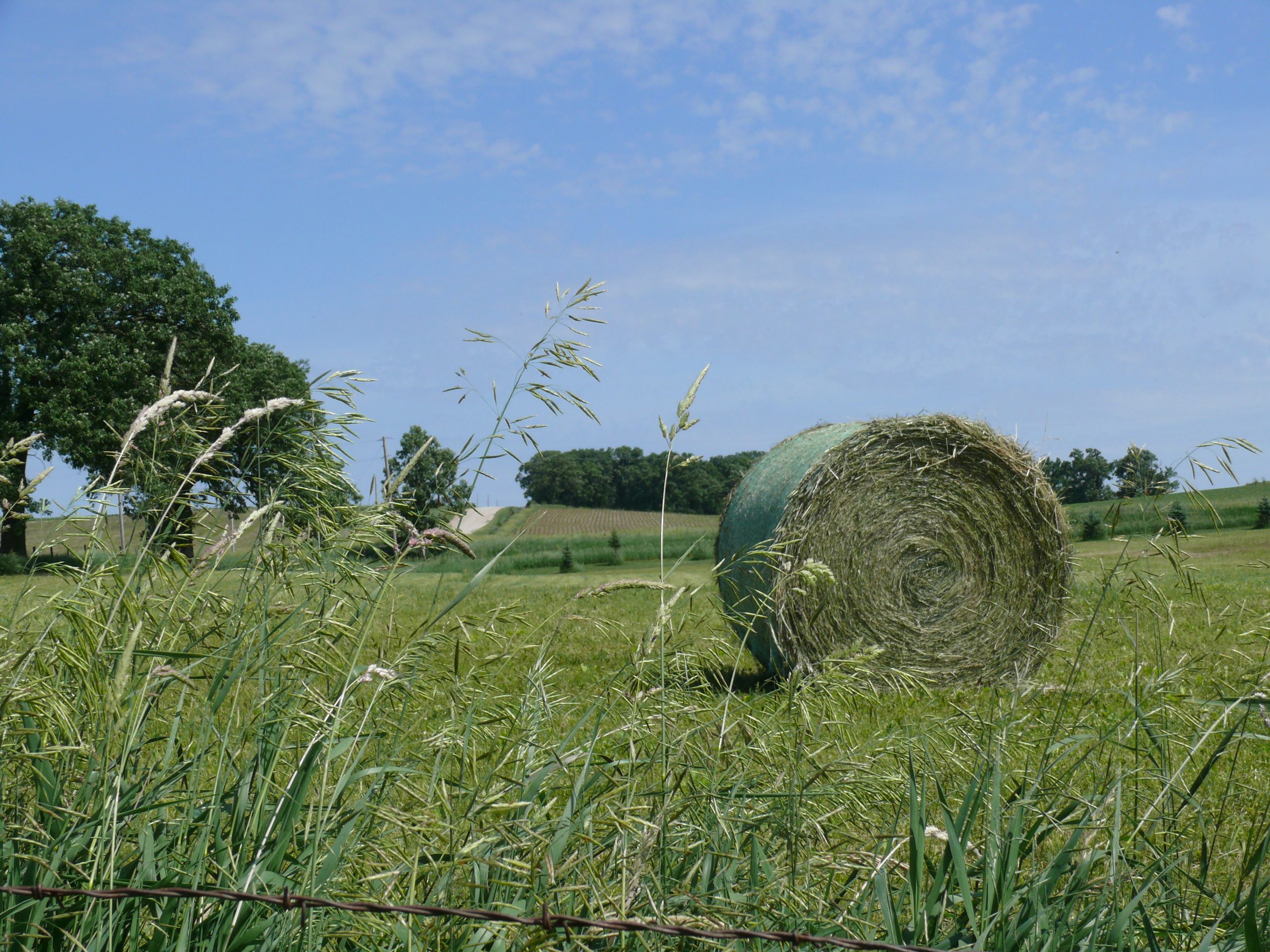State-By-State Hay Summary

Colorado—In the July 18 report, compared to the last report, trade activity and demand light. Hay producers are holding out for higher prices as very little hay is being traded as end users are carrying enough supply to get them through the current hay season. Ask prices from growers remain mostly unchanged this week. Several end users aren’t even offering a bid for new crop hay. Stable hay sold mostly steady. According to the NASS Colorado Crop Progress Report for week ending July 14, alfalfa first cutting harvested is 95% complete, second cutting 18%. Stored feed supplies were reported as 3% very short, 23% short, 64% adequate, and 10% surplus.
Missouri—In the July 18 report, compared to last report, hay prices are weak, the supply is moderate, and demand is light to moderate. Hay listings are plentiful, and movement is pretty slow. Pasture conditions climbed to 90% good to excellent, all but a tiny area in southwest Missouri is now drought free. This much green and pasture conditions like this are almost unheard of in mid-July.
Nebraska—In the July 18 report, compared to last report, all reported hay products sold steady. Demand was mostly light, moderate demand out west where the rains have not prevailed most of this year. Spotty rain showers across many areas of the state with the “white” combine (hail) taking out several acres of crops in its path this week. Most alfalfa producers are on or wrapping up second cutting of alfalfa. Grass or meadow hay producers are in full swing with tonnage reports and quality being very good so far.
Oklahoma—In the July 12 report, compared to the last report, the hay trade is at a standstill to slow demand. Due to an excessive supply of hay from 2023, new crop hay that continues to be baled, and rain showers continue to cover the state during the summer. Next report will be released Aug. 2.
Texas—In the July 12 report, compared to last report, hay prices are weak across most regions, but up to $10 lower in the central region. Hay demand is slow as timely rains are allowing producers to stay turned out on summer pastures with minimal to no hay supplementation. In the south, north, and central region timely rains are helping provide good yields, but also making it hard for producers to get into the field which has caused some hay to be put up at a higher maturity level. As a result, quality may be lower on some second cutting hay. Next report will be released July 26.
South Dakota—In the July 19 report, compared to last report, demand has been lower than normal for this time of year for good quality dairy hay, demand for lower quality feed hay seems to have more of a demand for this time of year. Movement has been lower for this time of year on all hay.
New Mexico—In the July 19 report, compared to last report, hay prices are steady. Trade moderate to active, demand good. The southern part of the state is mostly finished with the third cutting, with the fourth cutting underway. Severe drought conditions continue in the south with chances of rain in the forecast, along with cooler temperatures.
Wyoming—In the July 18 report, compared to the last report, hay sales sold steady to firm. Demand was moderate to good. Dry conditions continue to prevail across the state. Some hay producers saying tonnage so far this year is running average to down 30 percent. Some reports of only a ton per acre on irrigated and first and second cutting of hay. Some cattlemen are starting to wean spring born calves to save some grazing for the momma cows and are starting to supplement with hay in various areas of the cowboy state.
Montana—In the July 12 report, compared to last report, hay sold generally steady to weak on old crop. Too few new crop hay sales have been seen to develop any market trend. Demand for hay is mostly light to moderate. Ranchers continue to buy up old crop hay with poorer quality, utility and grinding hay selling with big discounts to fair and good quality. New crop hay yields continue to come in light across the state. Most producers are blaming it on a cooler wet spring. Many producers say yields are down from 15% to 30% compared to last year. Producers will have a solid window to finish up with first cutting with some in southern Montana starting on second with drier weather. Next report will be released July 26.



